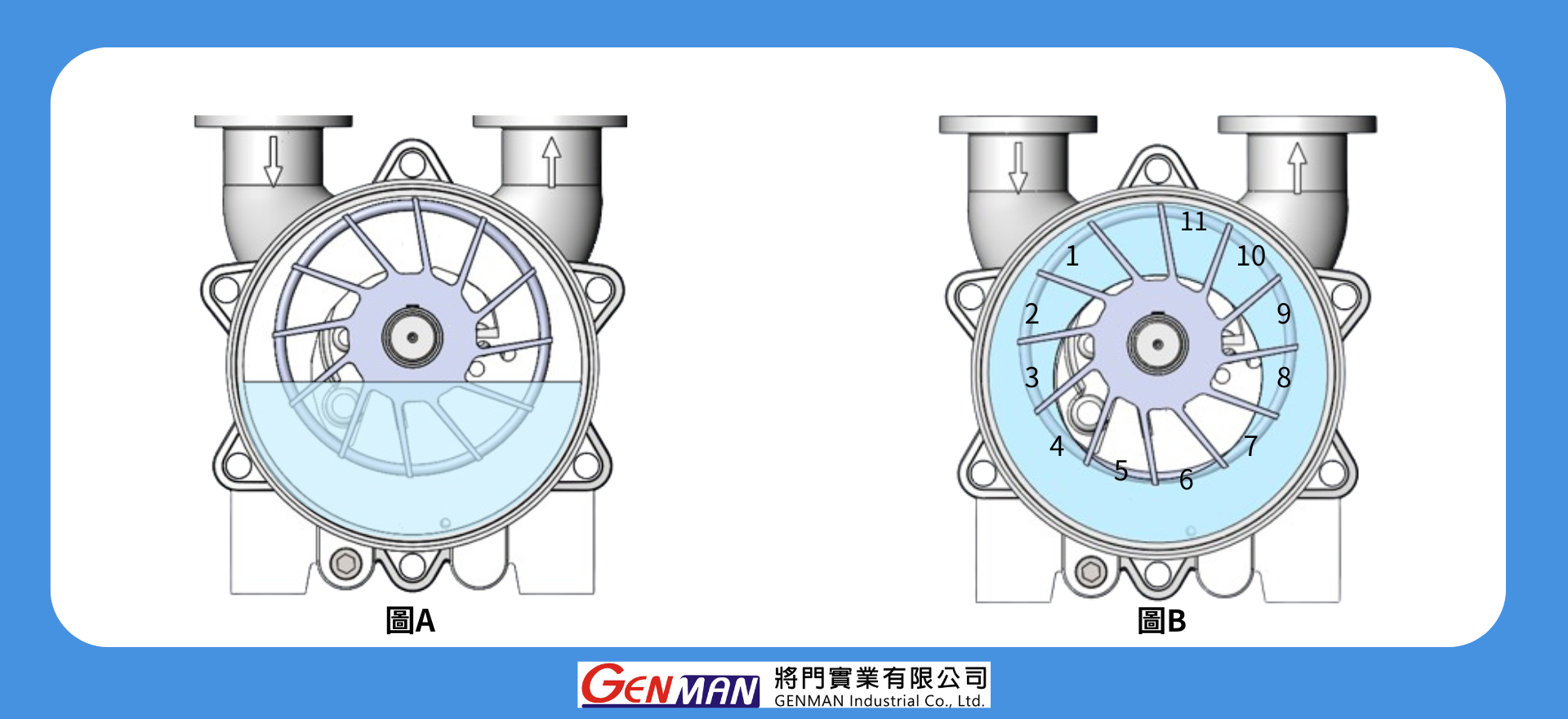What is a Vacuum Pump? - From a Basics Guide to Applications
What is a Vacuum Pump? - From a Basics Guide to Applications
Vacuum pumps play an indispensable role as key equipment in modern industry. Their applications are widespread across various industrial fields, from semiconductor manufacturing to food processing. This article aims to provide a comprehensive and professional guide on various aspects of vacuum pumps, from basic concepts to application cases.1. Basic Concepts of Vacuum Pumps:
A vacuum pump is a device used to create a vacuum or extract gases. It was first invented in 1654 by the German physicist Otto von Guericke, known for his Magdeburg hemispheres experiment. The principle of operation involves removing gases from a container or system to create an environment with pressure lower than atmospheric pressure. For example, in a liquid-ring vacuum pump, the pump body uses a water seal principle. When the impeller stops rotating, the liquid level is horizontal (as shown in Figure A). Once the impeller starts rotating, the liquid is thrown outward by centrifugal force, forming a moving liquid ring with a hollow interior (as shown in Figure B). The impeller is eccentrically positioned relative to the pump body, causing the volume between the blades to increase from position 1 to 5, thereby drawing in gas. After filling with gas, the gas between the blades is compressed from position 6 to 11 and discharged through the exhaust port.

2. Common Types of Vacuum Pumps and Vacuum Units
There are various types of vacuum pumps, including mechanical pumps, molecular pumps, and liquid-ring pumps. Different types of vacuum pumps have distinct characteristics and are suitable for different scenarios. For instance, mechanical pumps are suitable for applications with lower vacuum requirements, while molecular pumps can achieve extremely high vacuums. Additionally, common vacuum units include the Torr: at standard atmospheric pressure (1 atm) on the Earth's surface, approximately 760 millimeters of mercury (mm Hg) equals 760 Torr. Therefore, 1 mm Hg is equivalent to 1 Torr. Note: The name "Torr" comes from the Italian scientist Evangelista Torricelli, who was the first to successfully create a mercury barometer to measure atmospheric pressure.
3. Application Examples of Vacuum Pumps:
- Semiconductor Manufacturing: In semiconductor manufacturing, vacuum pumps are used to create highly pure working environments to ensure that the production and manufacturing processes of semiconductor components are free from contamination. For example, in Chemical Vapor Deposition (CVD) and Physical Vapor Deposition (PVD) processes, vacuum pumps are used to create a vacuum environment, enabling high-quality thin film deposition.
- Chemical Industry: In the chemical industry, vacuum pumps are commonly used for vacuum distillation, vacuum filtration, and vacuum drying operations. They help improve the efficiency and yield of reactions while reducing impurities in the products, thereby ensuring the purity and quality of the products.
- Pharmaceutical Industry: In the pharmaceutical industry, vacuum pumps are used for drug preparation, compound separation and purification, and solution concentration. For example, in drug preparation, vacuum pumps can help remove solvents to obtain pure pharmaceutical products.
- Food Processing: In food processing, vacuum pumps are widely used for vacuum packaging, vacuum freezing, and vacuum deoxygenation operations. They help extend the shelf life of food, maintain its freshness and taste, and reduce food spoilage and microbial growth.
4. Key Factors in Choosing a Vacuum Pump:
When selecting a vacuum pump, several factors need to be considered, such as the required vacuum level, exhaust rate, environmental factors, chemical compatibility, contamination sensitivity, and maintenance costs. A reasonable choice ensures the stability and efficiency of the production process.
5. Conclusion:
Vacuum pumps are crucial equipment in the industrial sector, and their importance cannot be overstated. This article provides an in-depth analysis of the basic concepts, types, application scenarios, and selection guidelines of vacuum pumps, aiming to offer a concise and professional guide to help readers better understand vacuum pumps.
Reference:
[1] E.N. da C. Andrade, The history of the vacuum pump, Vacuum, Volume 9, Issue 1, 1959, Pages 41-47, ISSN 0042-207X, https://doi.org/10.1016/0042-207X(59)90555-X.
More Information: Seven key factors for selecting a vacuum pump

